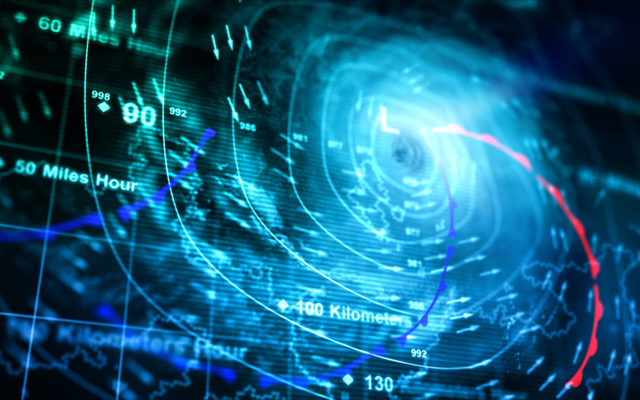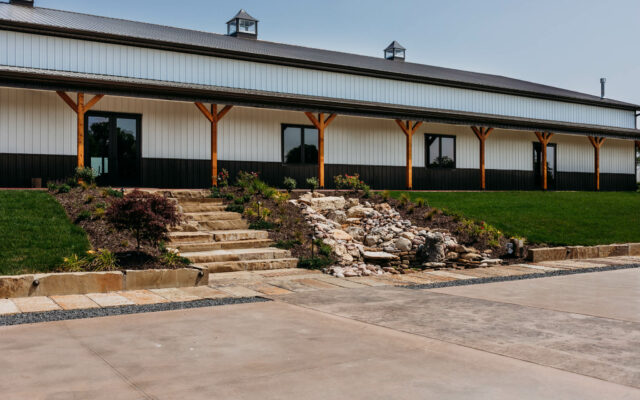La Nina Could Fade After 3 Year Run

(Radio Iowa) The cold weather blast expected to hit the state is part of the ongoing La Nina weather pattern that’s been impacting Iowa and the rest of the midwest. State Climatologist Justin Glisan says the system has been on an unusual run
“The reason why this is interesting, it’s the third consecutive winter of La Nina — we call it a triple dip or a triple stack — and going back to 1950s we only have two events like this. So, pretty anomalous behavior,” according to Glisan. The weather pattern keeps the cold air flowing over Iowa.
“That high pressure blocking in the Gulf of Alaska shifts the Jetstream further north and that dams the colder air further north. That’s where we see the Upper Midwest into the Pacific Northwest with chances of colder temperatures,” he says. Glisan says the La Nina is expected to fade in the spring in a gradual transition.
“If we look at the modeling for La Nina it’s likely to continue across the northern hemisphere through winter December, January, February and then we shift to equal chances of La Nina and ENSO Neutral during January, February, March,” Glisan says. ENSO neutral means an equal chance of warmer or colder temperatures during the winter — or more normal conditions. Glisan says they see a a71 percent chance for the change.
“It’s not a snap of the finger for a shift from La Nina to ENSO neutral,” he says “It will take the atmosphere to respond to the ocean and decouple for the atmosphere will won’t respond anymore to the ocean. And that’s when we’re in the end so neutral phase of the larger scale oscillations.” Glisten made his comments during the recent north-central region climate update.
(By Jerry Oster, WNAX, Yankton)



